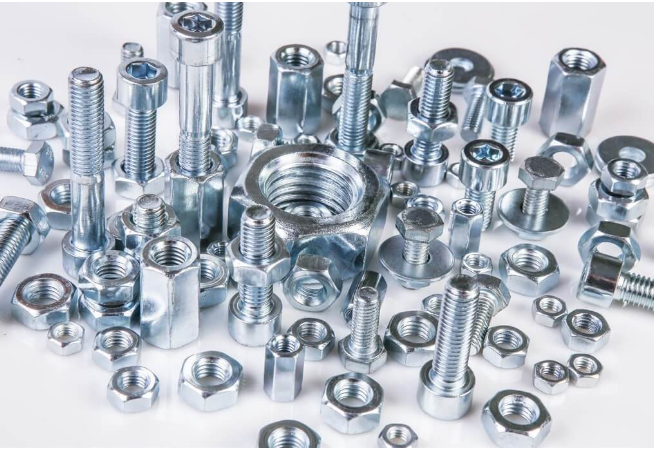We apply both hot dip galvanizing and e-coating zinc plating to our wheelbarrows, such as our galvanized garden wheelbarrow. Let's see the differences between the two processes to help you make a decision.
Hot dip galvanizing and e-coating zinc plating are two widely used methods for applying a protective coating of zinc onto metal surfaces, particularly steel. Both processes involve coating the metal with a layer of zinc to protect the underlying steel from corrosion. However, there are some differences between the two methods that are worth noting. Both methods have their own unique advantages and disadvantages, and the choice between the two depends on several factors such as the type of substrate, the intended application, and the budget.
Hot Dip Galvanizing

Hot dip galvanizing is a process of coating steel or iron with a layer of zinc by immersing the metal in a bath of molten zinc. The process involves several steps, including surface preparation, pickling, fluxing, dipping, and quenching. The result is a durable, long-lasting, and corrosion-resistant coating that can withstand extreme weather conditions, chemicals, and abrasion.
One advantage of hot-dip galvanizing is that it provides a thicker layer of zinc than e-coating. This means that hot-dip galvanized parts can withstand more aggressive environments and have a longer lifespan. Hot-dip galvanizing is also more suitable for large, bulky parts that cannot be easily coated with e-coating. However, the process can be more expensive than e-coating, and the parts may require more preparation before galvanizing, such as cleaning and degreasing.
However, there are some downsides to hot dip galvanizing. The process can be time-consuming, and it requires large tanks of molten zinc, which can be expensive to maintain. Additionally, the thick layer of zinc can make it difficult to achieve a smooth, aesthetically pleasing finish. The thickness of the zinc coating may vary depending on the size and shape of the part, which can affect the final appearance and performance of the coating.
E-Coating Zinc Plating

E-coating, on the other hand, is a process that involves applying a thin layer of zinc to a metal surface using an electrochemical process. The metal is first cleaned and then placed in a bath of water-based paint that contains positively charged zinc particles. An electrical current is then applied to the bath, which causes the zinc particles to migrate to the negatively charged metal surface and form a tightly bonded coating.
E-coating zinc plating has several advantages over other coating methods, One of the main advantages is that it creates a thin, uniform layer of zinc that provides excellent corrosion protection without adding significant weight or thickness. Additionally, e-coating zinc plating is an environmentally friendly process, as it produces minimal waste and emissions. The process can be less expensive than hot dip galvanizing.
However, E-coating has limited application, it is typically used on small or intricate components, as it is difficult to apply to larger or more complex parts. E-coating is typically used to apply a relatively thin layer of zinc, typically in the range of 5-25 microns. While this is sufficient for many applications, it may not provide enough protection for more demanding environments.
Conclusion:
Both hot-dip galvanizing and e-coating are effective methods of providing corrosion protection to steel surfaces. The choice between the two methods will depend on a variety of factors, including the size and shape of the parts being coated, the desired thickness of the coating, and the specific requirements of the application. Ultimately, the decision should be made in consultation with a qualified coatings professional who can recommend the best method for your particular needs.